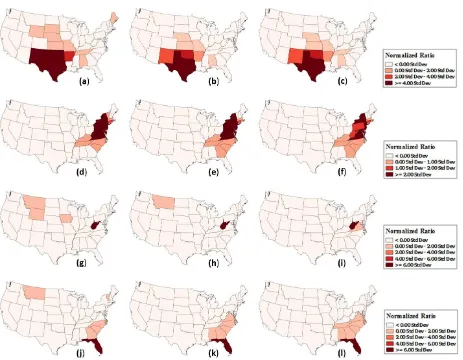isprs annals IV 4 W2 139 2017
Teks penuh
Gambar




Garis besar
Dokumen terkait
3.3.3 Path of Tweets: The main purpose of this study was to determine the paths or routes of the twitter users by using their tweets’ location information and review
Building on the concept of Smart Point Cloud (Poux et al., 2016a), we specifically look at device, analytical and domain knowledge as information sources for point cloud
ISPRS Annals of the Photogrammetry, Remote Sensing and Spatial Information Sciences, Volume IV-4/W2, 2017 2nd International Symposium on Spatiotemporal Computing 2017, 7–9
Figure 10 and Figure 11 show Probplot-plot of Gamma and Lognormal distributions fitting to data with temporal resolution of 3 and 12 hourly and spatial resolution of 0.25 o
Thus, based on the ship type attribute for each vessel, initial data filtering considering both the vessels most likely to carry migrants (cargo and fishing) as well as
This first calibration and validation study for using agent based modeling for the fine-scale spatio-temporal analysis of Pertussis as a method for measuring the
This article explores the use of Thiessen Polygons and population grids (Gridded Population of the World, WorldPop and LandScan) as weights for estimating the catchment areas
In order to handle missing values in time series, as well as the lack of considering temporal properties in machine learning models, we propose a spatiotemporal prediction